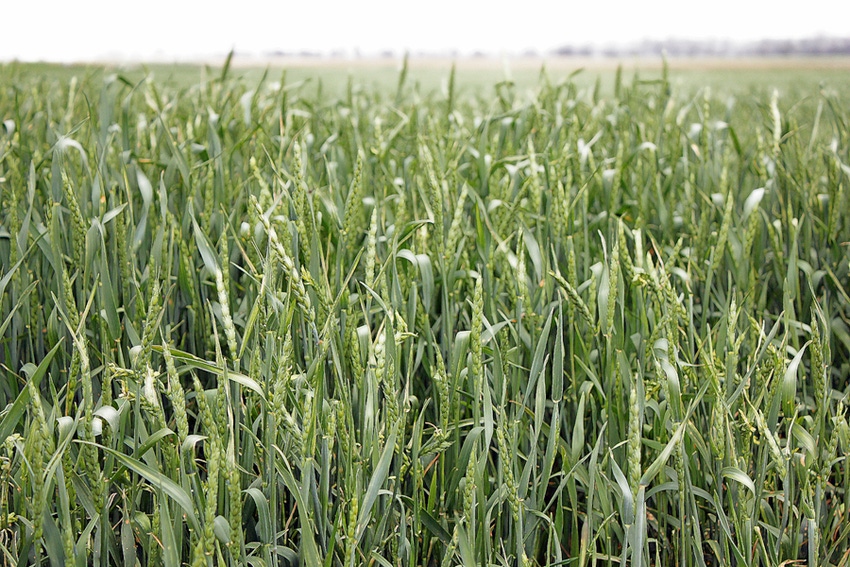
Wheat hurt by wet winter, late freeze - Louisiana
Louisiana’s winter has been warmer and wetter than normal.About 30,000 of the state's 250,000 acres planted may be lost to rain.About 20 percent of the crop was affected by a recent freeze.Wheat varieties that are susceptible to the disease stripe rust are showing signs of the fungus.
March 6, 2013

Louisiana’s winter has been warmer and wetter than normal. This has been hard on the state’s wheat crop, which is midway through its growing season.
Wet conditions aren’t good for wheat, but LSU AgCenter wheat specialist Ed Twidwell said wheat that was planted properly seems to be surviving the rain.
Impacts of flooding on the 2013 winter wheat crop
“We always encourage growers to plant wheat in well-drained soils,” Twidwell said. “Wheat doesn’t like poorly drained soils, and this year is a good example of why that is.”
The rain reduces tillering – additional sprouts that emerge from the base of the plants – and causes nitrogen to leach from the soil. Twidwell said about 30,000 of the 250,000 acres planted may be lost to rain.
Most of the winter has been relatively mild, but a recent freeze may have damaged some of the early planted and early maturing varieties, according to Steve Harrison, LSU AgCenter wheat breeder.
“Any plant that had two joints showing when it got down to 26 degrees probably suffered severe damage,” Harrison said.
Harrison estimated that about 20 percent of the crop was affected by the freeze. Damage isn’t evident yet.
“It will take seven to 10 days for the damage to be fully apparent and another few days to see how secondary tillers develop to replace damaged tillers,” Harrison said.
The wheat that was damaged still has time to recover. Harrison explained that the plant can abandon the tillers that were frozen and send up new ones.
This late-winter freeze comes after concerns that the wheat would not get enough chilling hours to properly develop, Twidwell said.
“Wheat needs a certain amount of cold to mature and produce seeds,” Twidwell said.
Also in some areas of the state, wheat varieties that are susceptible to the disease stripe rust are showing signs of the fungus. Infected wheat will develop yellow pustules on its leaves.
Stripe rust, leaf rust and disease management
Harrison said the disease likes cool, wet weather, and growers who see the disease on their crop will likely have to spray their fields with a fungicide.
“The fungicides will control it so we shouldn’t see yield loss, just extra costs,” he said.
Harrison said growers also need to watch out for the disease leaf rust, which usually shows up in late winter and early spring.
You May Also Like



